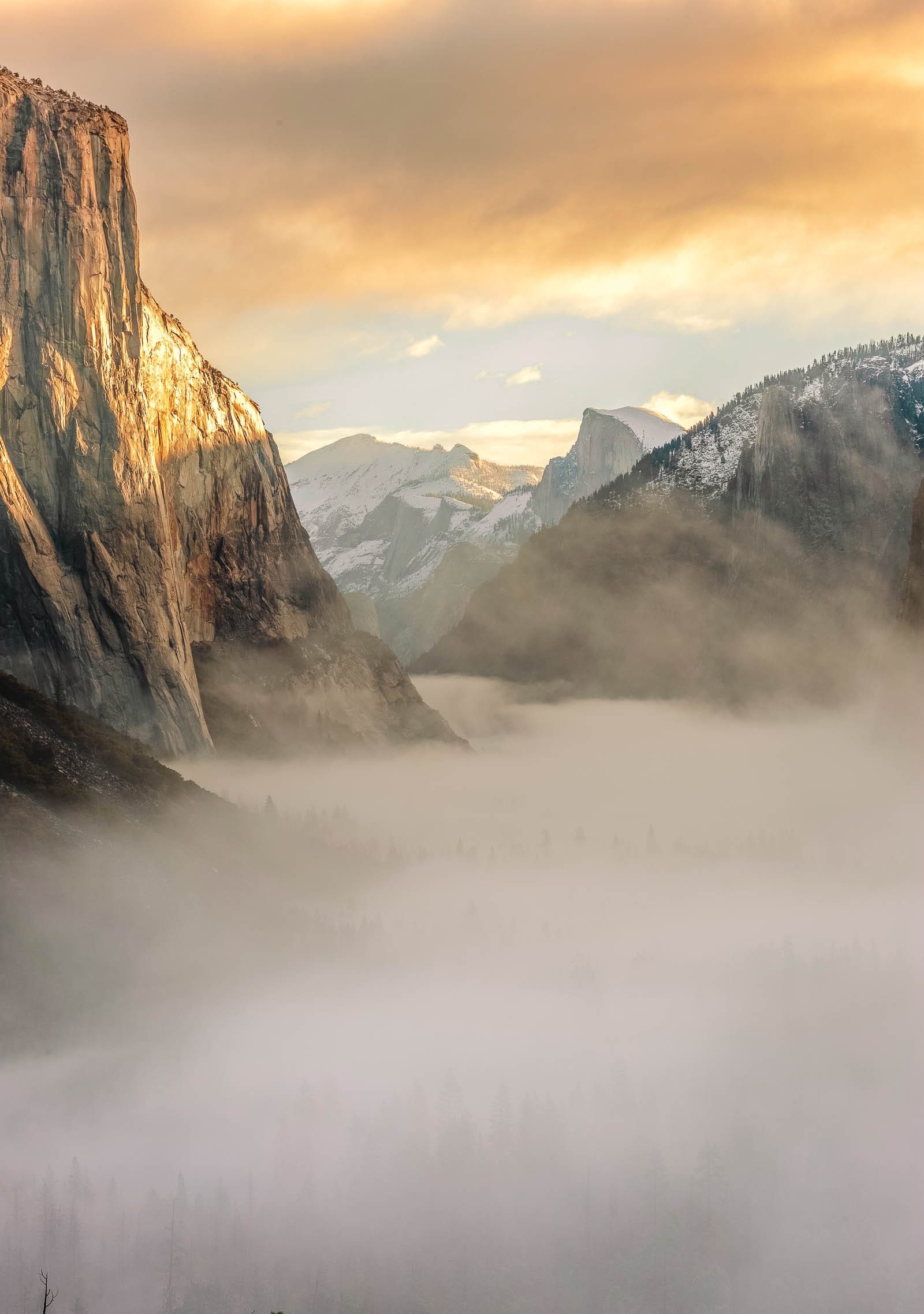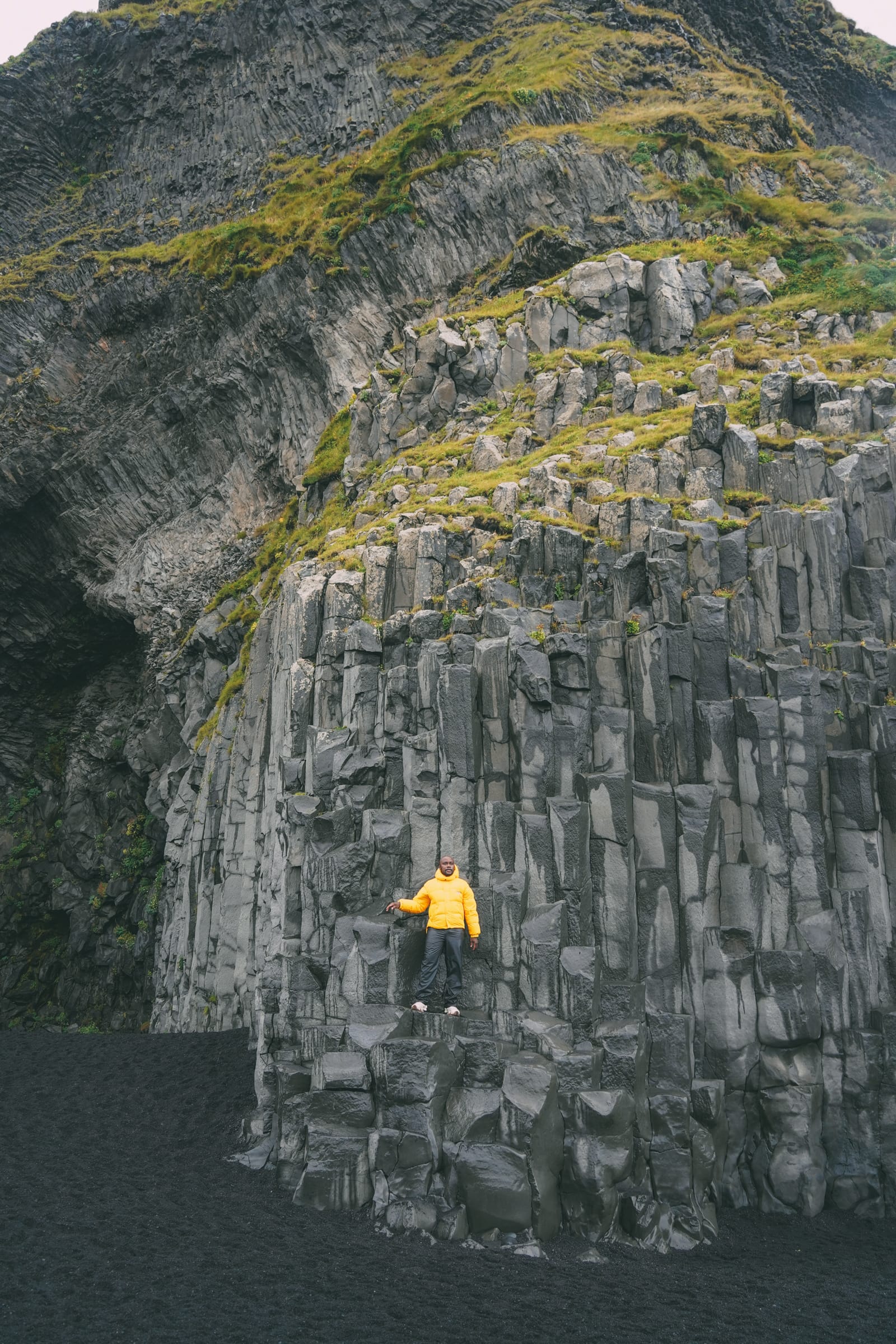1. Summary
This article explores the phenomenon of Manhattanhenge, detailing when and where to witness this spectacular solar event in New York City. It highlights the significance of the event and provides insights for viewers.
It’s the ultimate natural urban phenomenon. There are only four days of the year — both before and after the summer solstice — that the sun rises and sets between buildings in New York City, creating a dazzling effect thanks to the city’s grid layout. Dubbed “Manhattanhenge,” the solar event has become an unofficial holiday as people gather to watch the sun “kiss the grid.”
Here’s everything you need to know about where, when, and how to see this year’s Manhattanhenge.

What is Manhattanhenge?
Manhattanhenge is an astronomical event that occurs every year before and after the summer solstice, when the sun aligns perfectly with New York City’s street grid. Individuals in Manhattan can stand in the middle of any east-west numbered street and observe the sun low on the horizon between buildings.
There are four sunsets when the phenomenon is at its peak, two on successive evenings a few weeks before the solstice and the other two on successive evenings a few weeks after. The rectangular street grid of Manhattan, designed in 1811, creates this remarkable alignment.
When and Where to See Manhattanhenge in May 2023
The first two of four Manhattanhenge sunsets will occur in May. On Monday, May 29, New Yorkers should position themselves on an east-west numbered street with a clear view to the Hudson River, looking west to watch the sun set between buildings at 8:13 p.m. The following evening, Tuesday, May 30, will feature a similar event at the same time. It’s advisable to arrive an hour early to enjoy the descent of the sun. The key difference is that Monday’s event will showcase a “half sun” on the grid, while Tuesday will reveal a “full sun,” appearing to “sit” on the grid.
When and Where to See Manhattanhenge in July 2023
Following May’s Manhattanhenge, the sun’s position at sunset will shift southward. However, post-summer solstice, it will transition back north. This results in the same effect, but in reverse; at 8:20 p.m. on Wednesday, July 12, and 8:21 p.m. on Thursday, July 13.
What is the Manhattanhenge Effect?
However, you don’t just have to be in position at those specific times. Every evening between late May and mid-July, the sun will be visible between the skyscrapers as it approaches the horizon. It will gradually appear higher in the sky each night leading up to the summer solstice and lower afterwards. According to Jackie Faherty, an astrophysicist at New York City’s American Museum of Natural History, “It’s because of the symmetry of the way that the orbit of the Earth around the Sun works.” This phenomenon provides a unique opportunity to appreciate the Earth’s orbit around the sun.
Why is it called Manhattanhenge?
The name relates to one of the world’s wonders—Stonehenge, a 5,000-year-old Neolithic structure in Wiltshire, England, built to align with solar movements. However, Manhattanhenge is a modern phenomenon. The term was first used by Neil deGrasse Tyson about a decade ago when he began noting the days when the sun aligned perfectly with Manhattan’s grid. As noted by Faherty, “Each year, I carefully examine the sun’s position to report the optimal times to see the sun ‘kiss the grid’ of Manhattan.”




